Formula 1 (F1) seems to be on the rise in terms of audiences around the globe. People love to watch the rivalry, the drivers, the tracks, and the cars. But little do they know is the amount of aerodynamics and physics that go behind an F1 car. To put it simply, an F1 is an aircraft without wings. We will see how airplane science plays a major role in an F1 and how are the two linked. I combined the two to make an understanding of how similar the two are.

It is all about aerodynamics. Aircraft use their shape, speed, and aerodynamics to drive themselves forward while the body exerts downward pressure on the atmosphere to keep them from falling out of the sky. The plane can fly because of the downward pressure and forward thrust. What kind of lift is produced by this aircraft? It’s rather easy. They have wings and engines. In this regard, an aircraft and the current Formula 1 vehicle design are quite similar. Even though Formula 1 vehicles don’t fly, they nonetheless utilize aviation technology to achieve very different objectives. The speeds of 360 km/h plus that cars sometimes attain or exceed is enough for them to take off in the air.
Join us on TELEGRAM for the Latest Aviation Updates fresh to your phone.


An aircraft is nothing without its wings. It is the wing of the aircraft that generates lift, not the engines. Yes, without the engines, the wings are of no use but the wings are the spine of the aircraft that make them who they are. Wings on an aircraft are called airfoils. An airfoil is the cross-sectional shape of an object whose motion through a gas is capable of generating significant lift, such as a wing, a sail, or the blades of a propeller, rotor, or turbine. Similar airfoils or wings are located on the front and back of a Formula 1 vehicle. According to Formula 1, they effectively function as an upside-down pair of aircraft wings that provide lift. To create a “downforce,” or negative lift, that lift is driven downward. The amount of downforce produced by the vehicle’s body increases as speed increases. This forces the tires deeper into the road, improving traction to prevent side slippage and improve energy transmission from the motors to the track.



The car is designed to race on a tarmac or the ground, unlike airplanes. Airfoils on aircraft enable aircraft to take off from the ground quickly and efficiently. On the other hand, cars can reach speeds comparable to those of similar-weight planes. Cars will almost certainly hover above the ground, if not lift off, and the driver will likely lose control of the vehicle. The outcome will be disastrous. Airfoils placed inverted to those on a plane serve as the car’s wings. These airfoils are designed to generate downforce that is several times the weight of the vehicle. This aids in keeping the automobile securely in place on the pavement. Wings just like on an F1 car, help the aircraft avoid side slipping while in the air. It is the shape of an airfoil that joins an F1 car and an aircraft together.


Join us on TELEGRAM for the Latest Aviation Updates fresh to your phone.
So much inspiration has been taken from the world of aviation that it is impossible to list down. Without them, supercars might have never been the thing. The only thing separating an aircraft and an F1 car is a pair of swept-back wings. F1 drivers can encounter immense G forces similar to a fighter pilot. The technology used in the aerospace sector feeds into Formula 1 cars, while the technology used in Formula 1 cars feeds into the technology used in everyday road vehicles. Both are incredible machines to withhold, one can only stare and admire the sheer brilliance of these stellar machines. One was made to fly while the other was made to go as fast as possible.
Sources:
https://www.grunge.com/253999/the-bizarre-truth-about-the-first-formula-1-race/
You might also like:
- Why Windows Should be Opened During Take-Offs and Landings?
- Why is the Landing gear important?
- The 3 Airline Alliances: SkyTeam, Star Alliance, Oneworld
- Ukraine confirms destruction of the World’s biggest aircraft
- Exploring the Benefits and Challenges of Advanced Self-Service Technology in Aviation
Discover more from Aviation for Aviators
Subscribe to get the latest posts sent to your email.

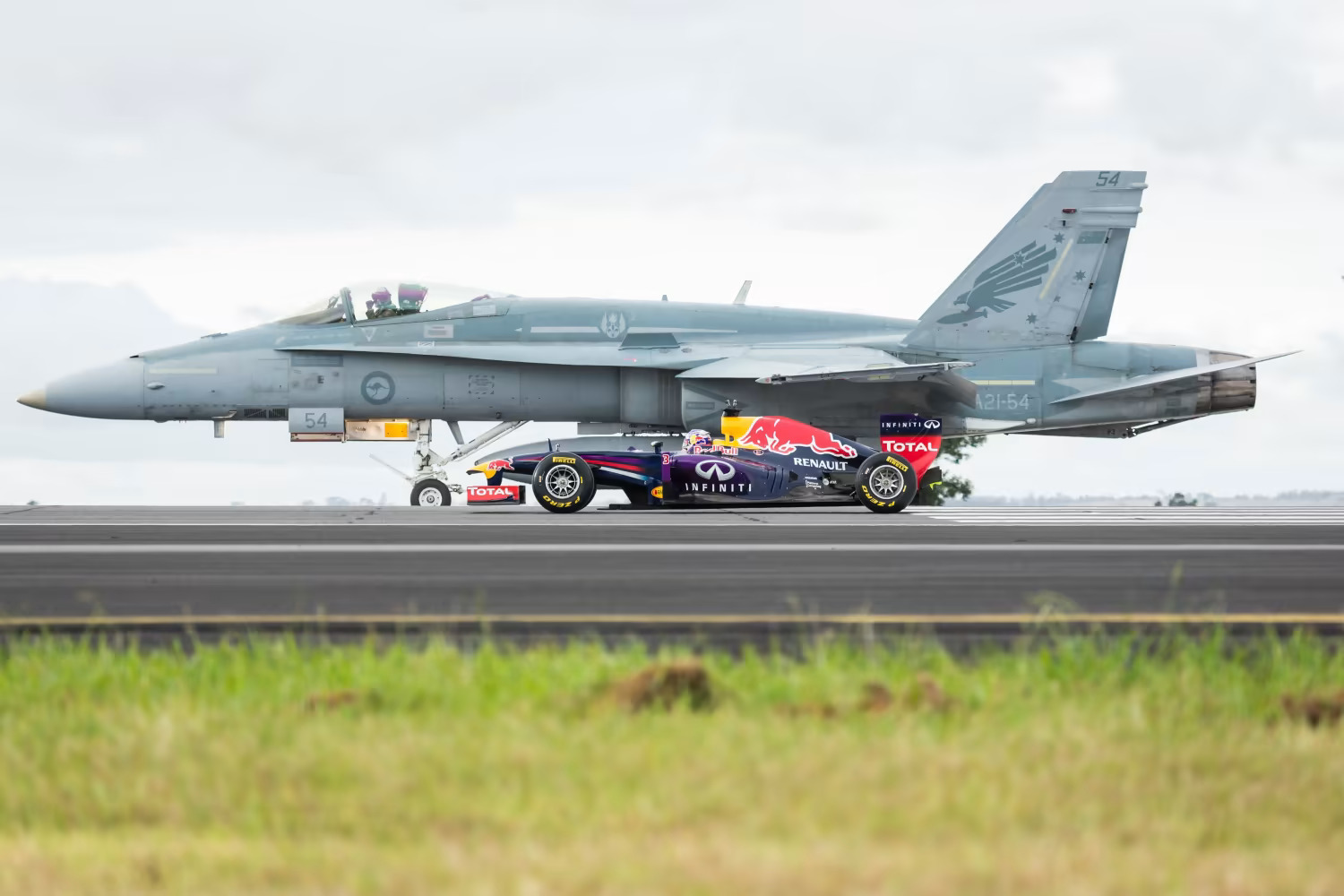
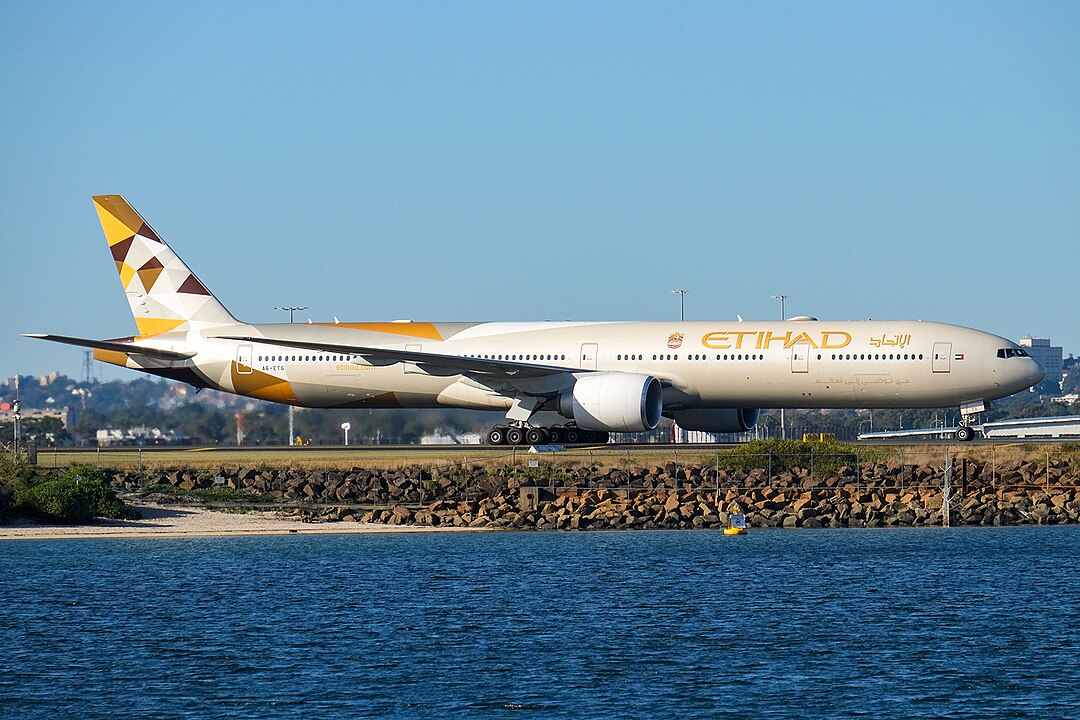
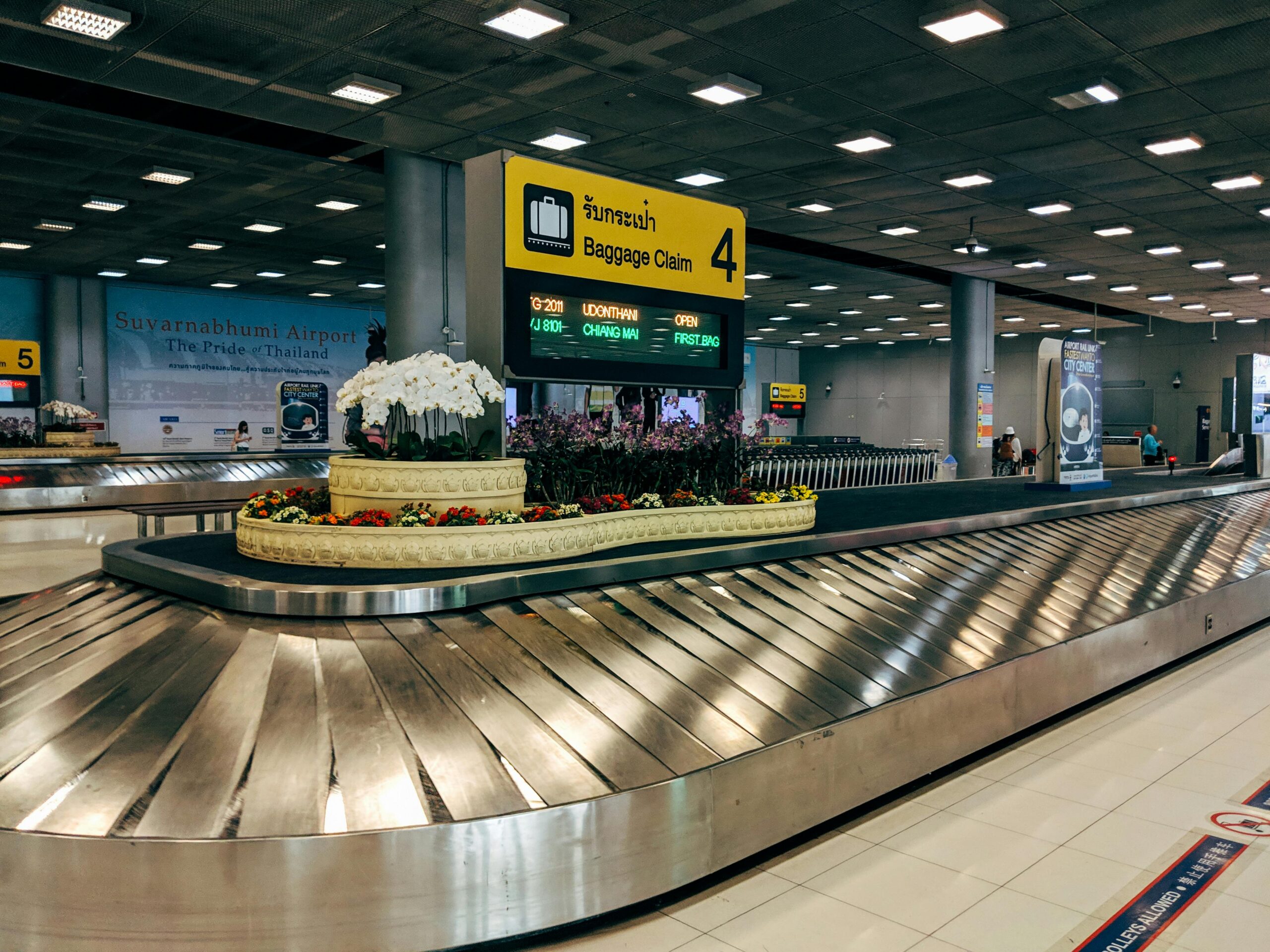

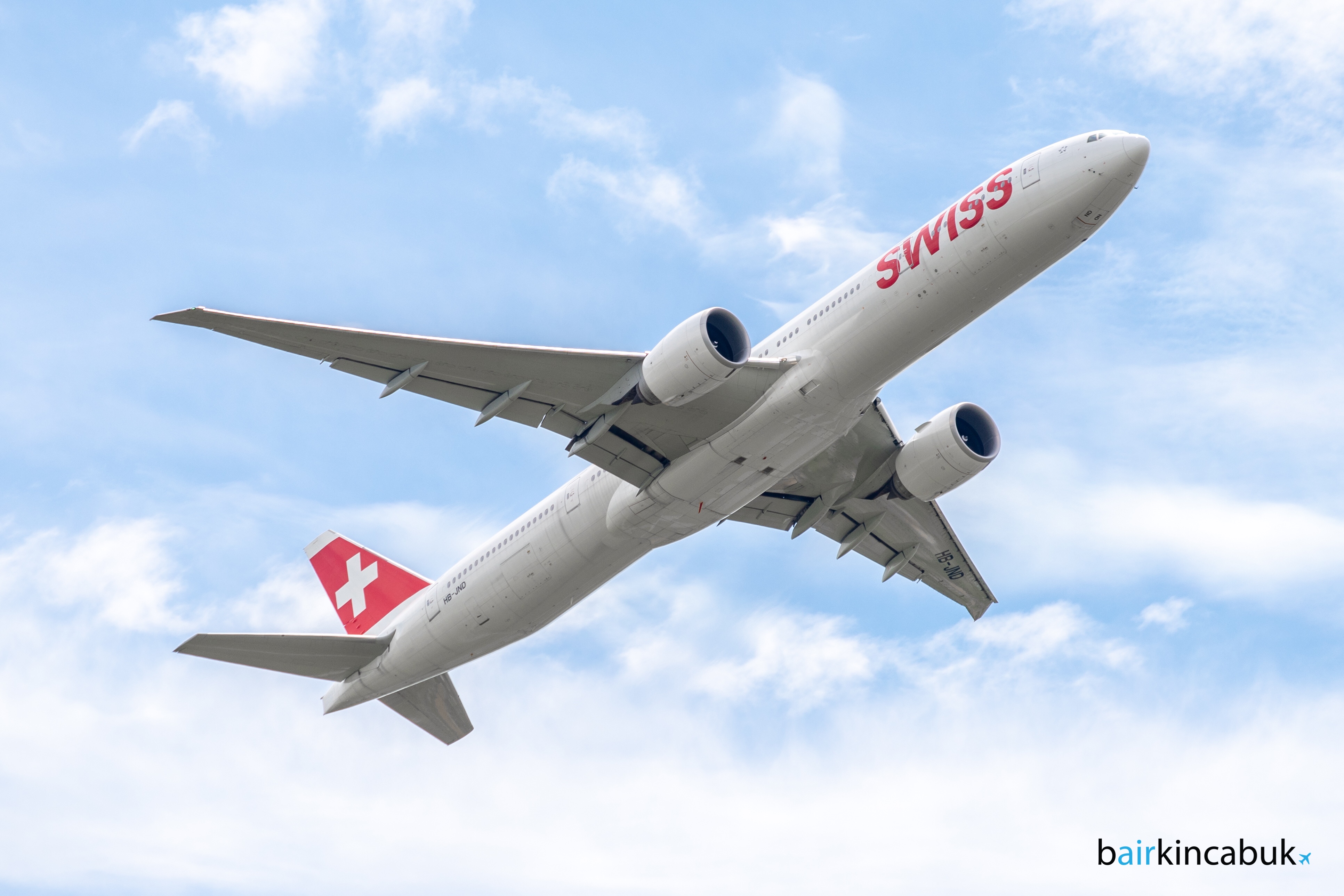

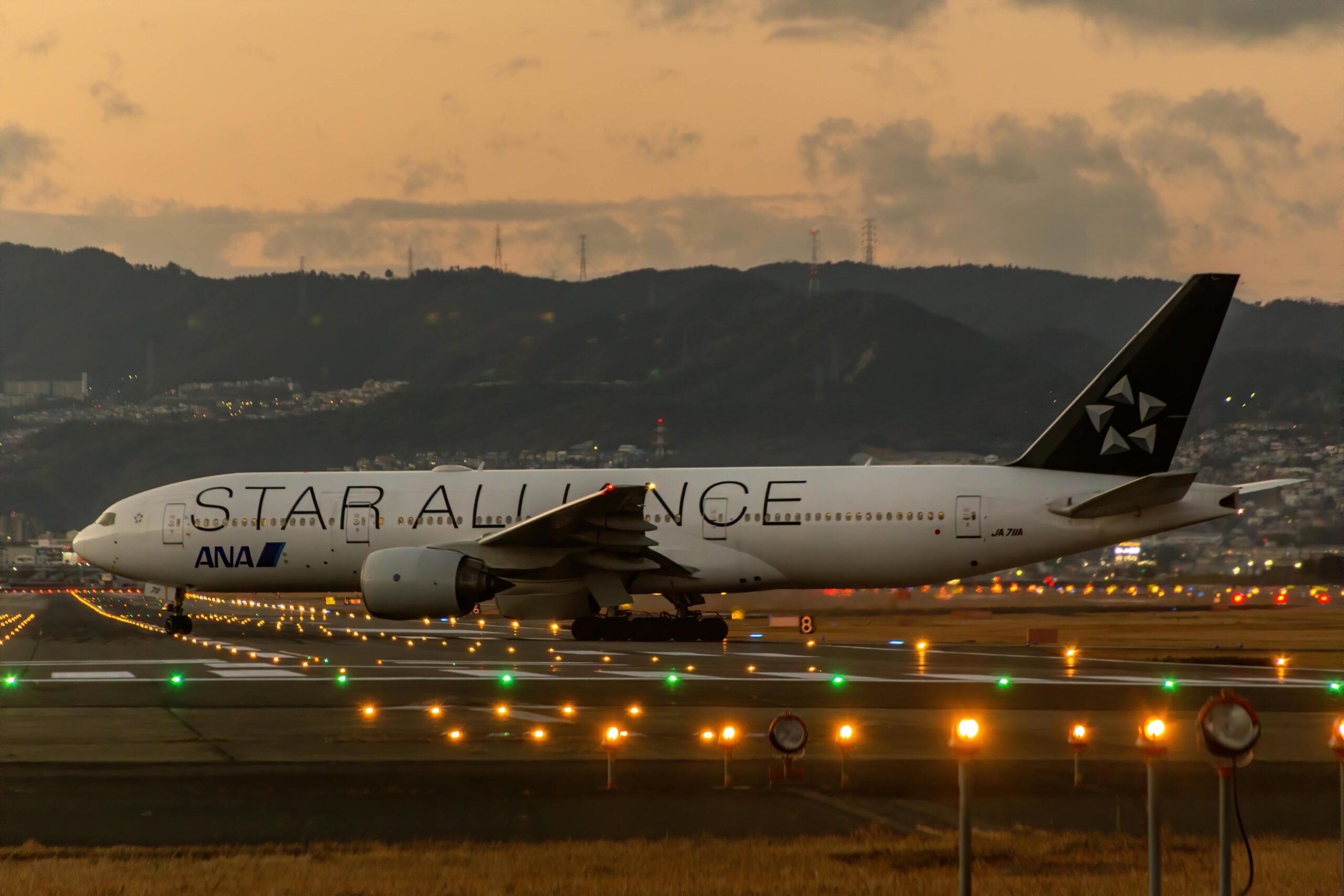

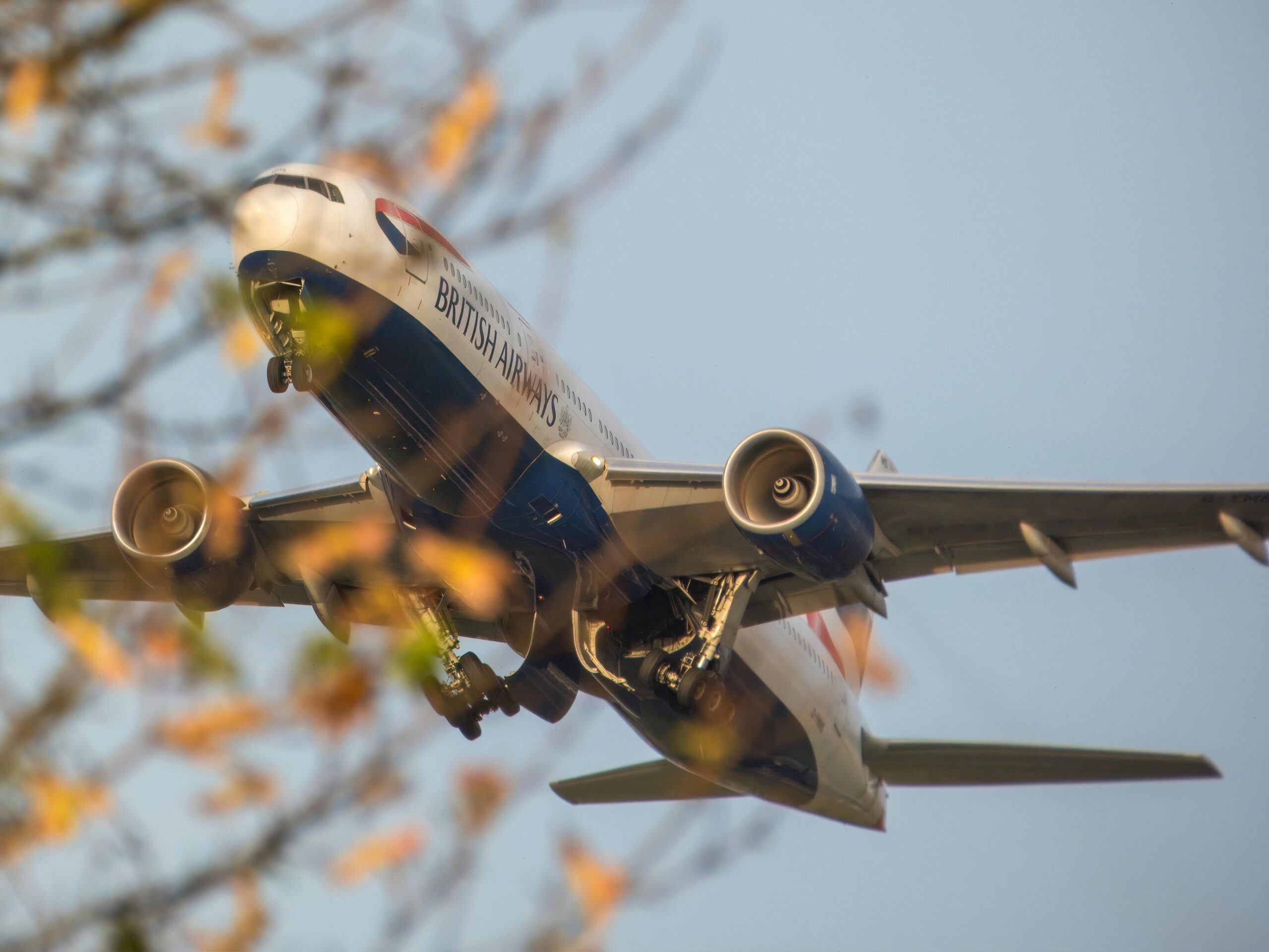
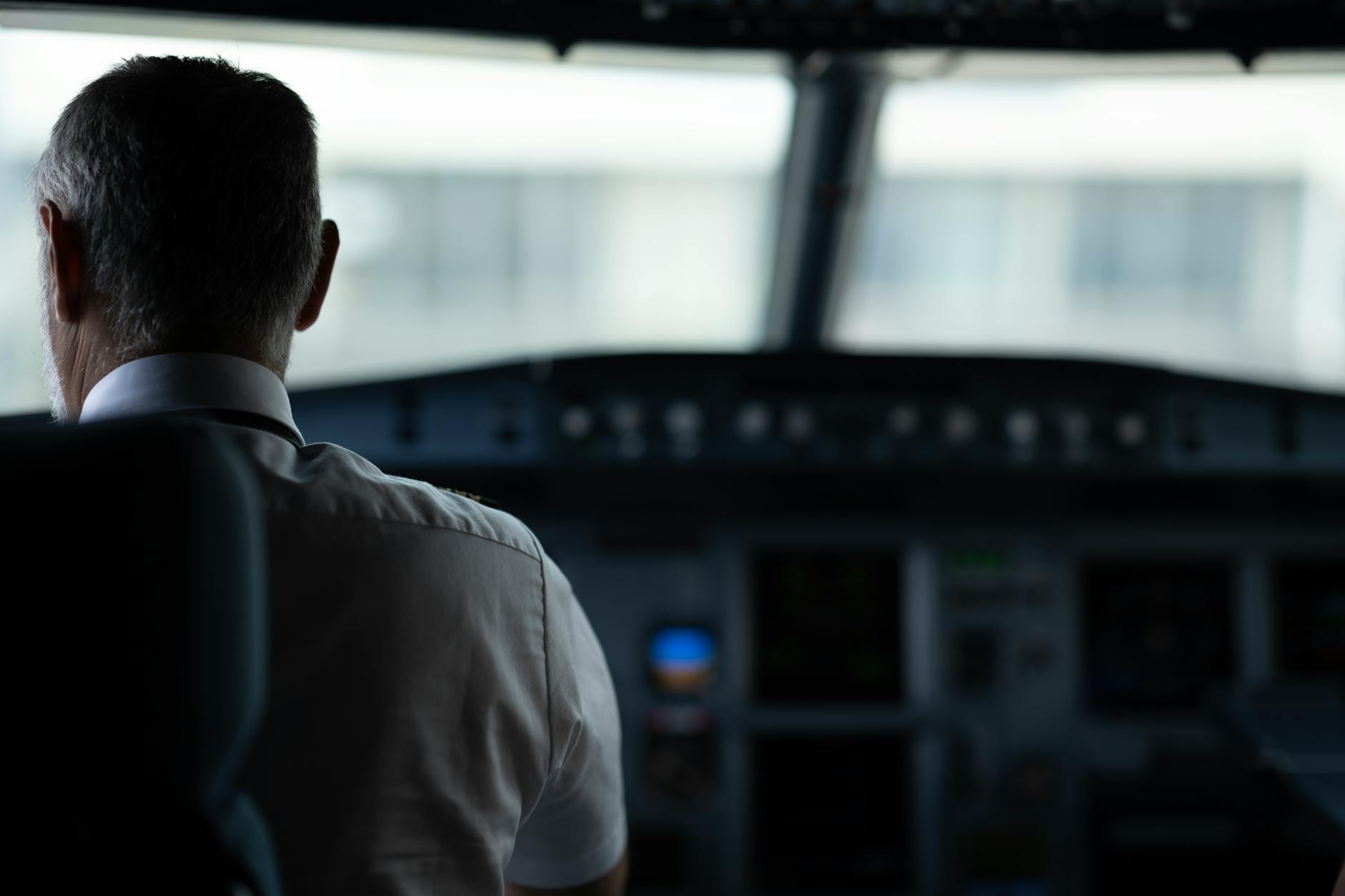


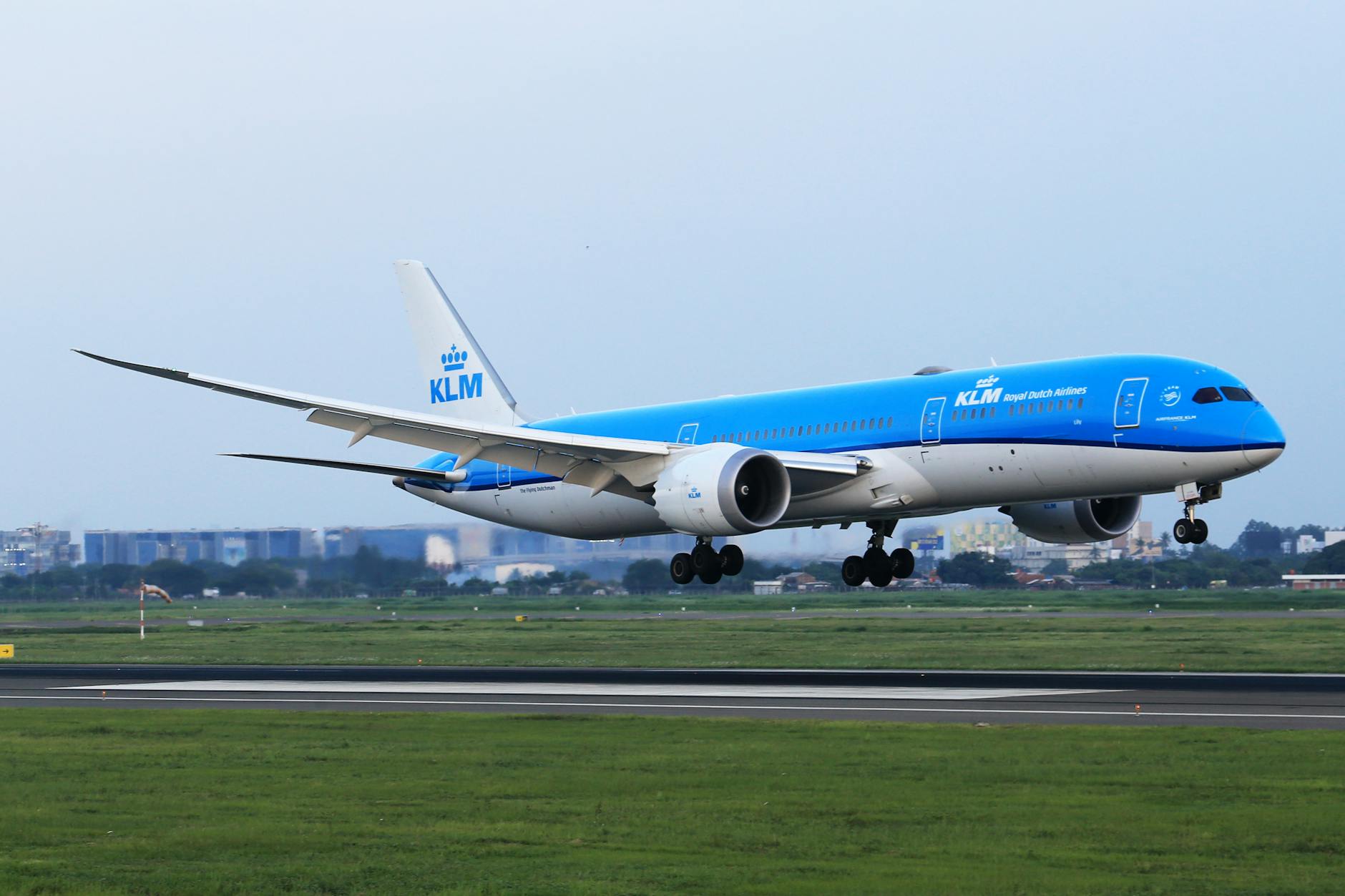

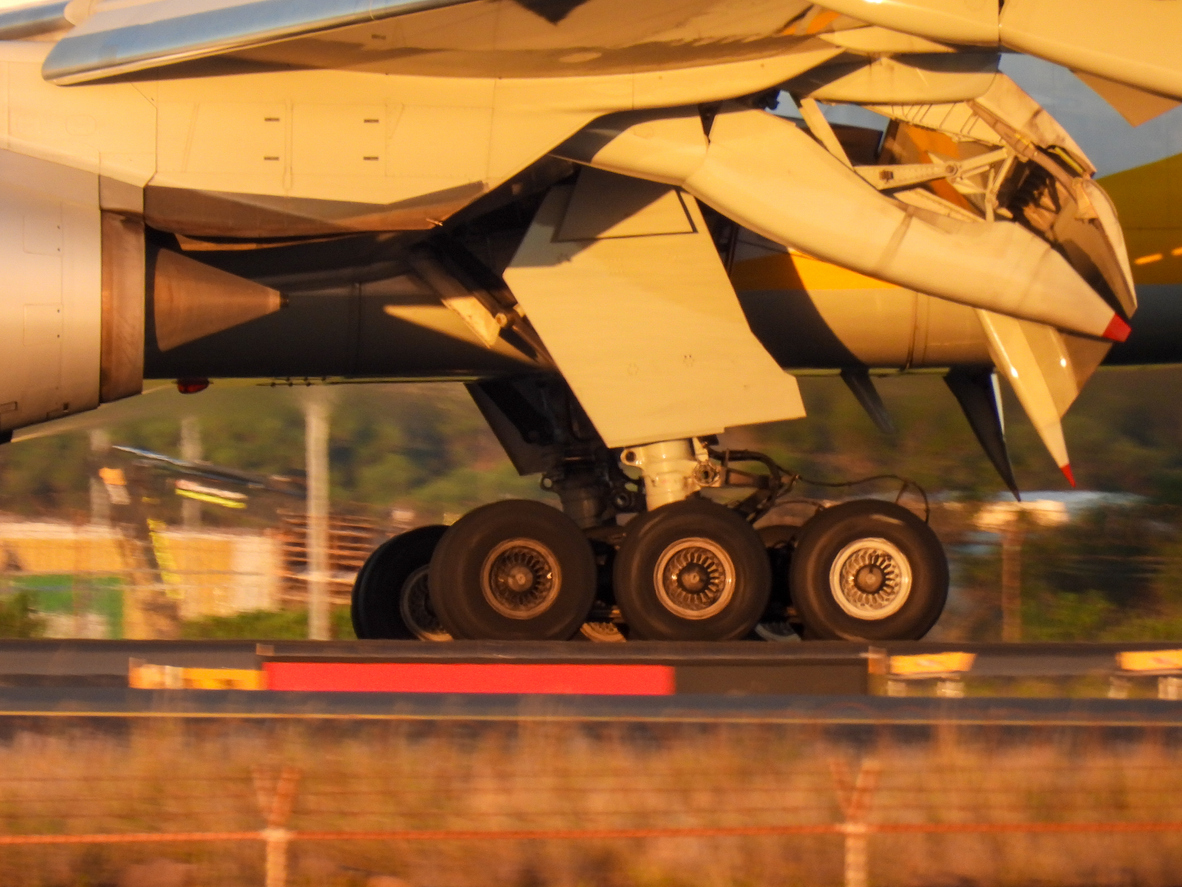
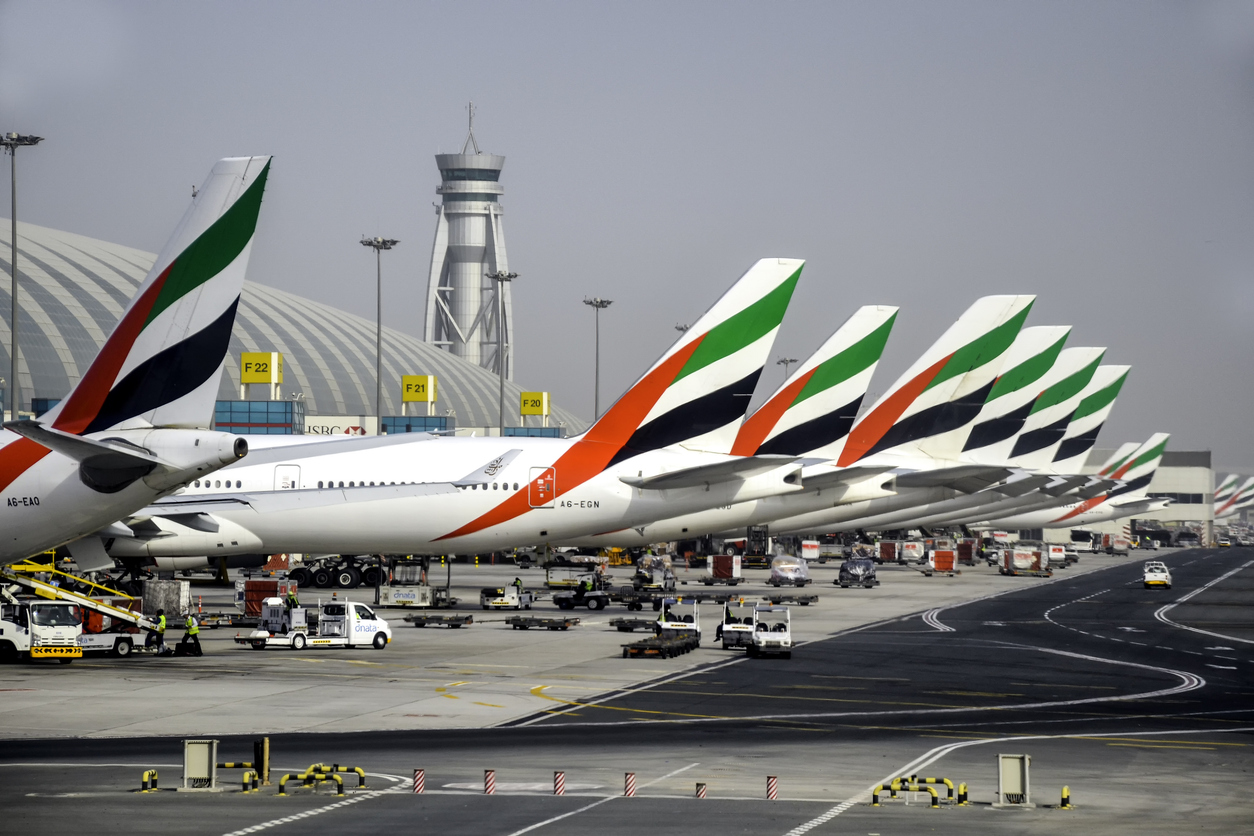
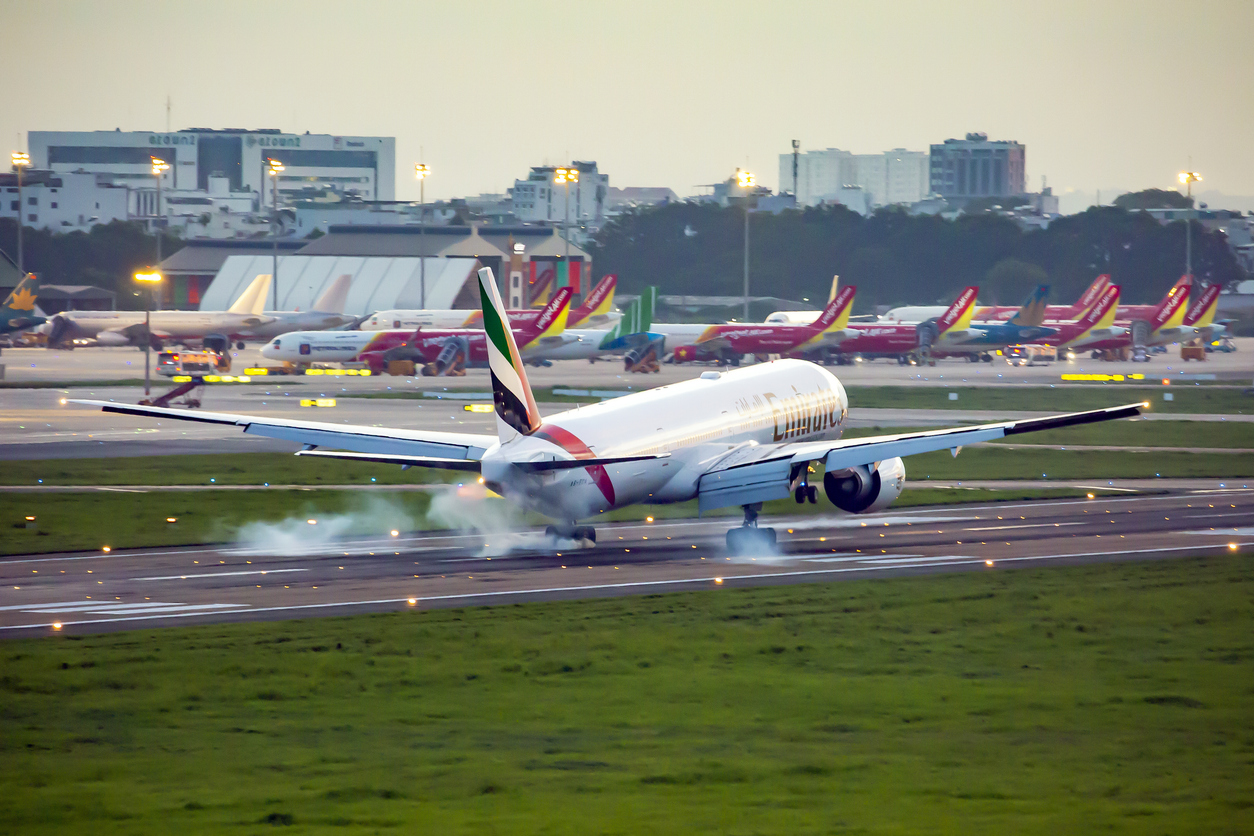



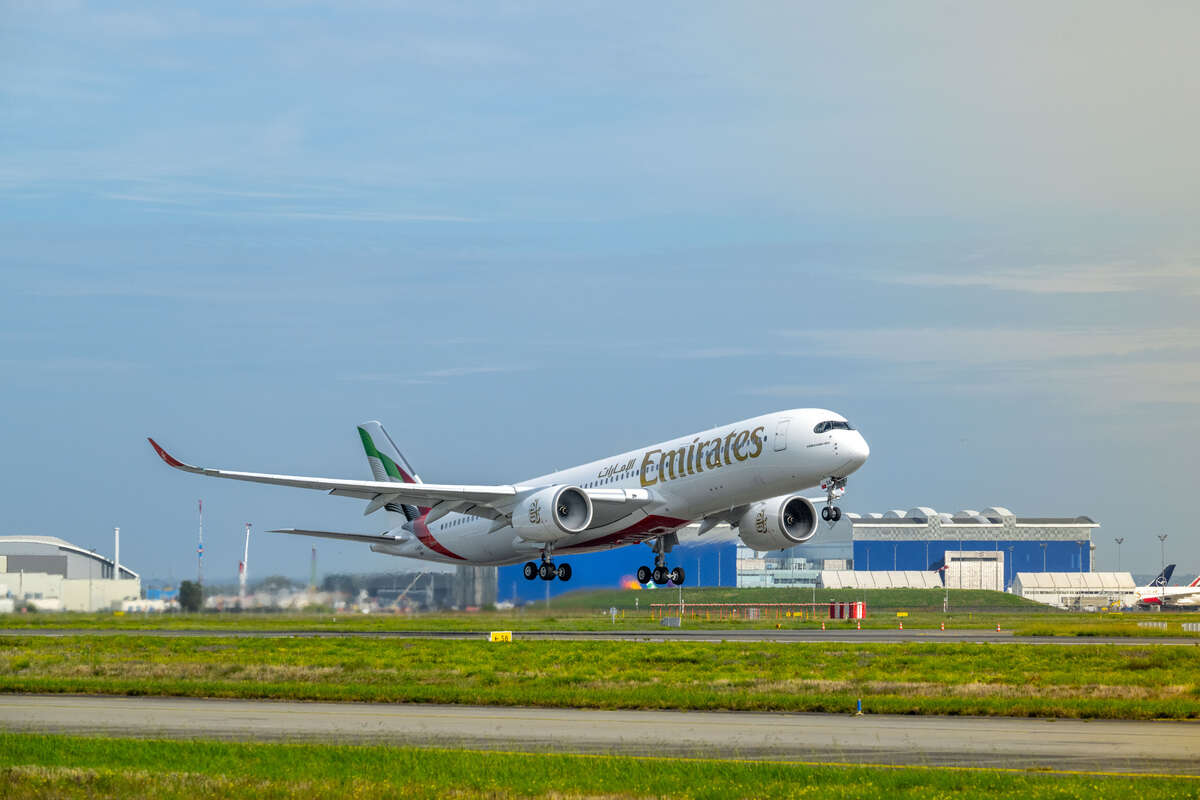
Leave a comment